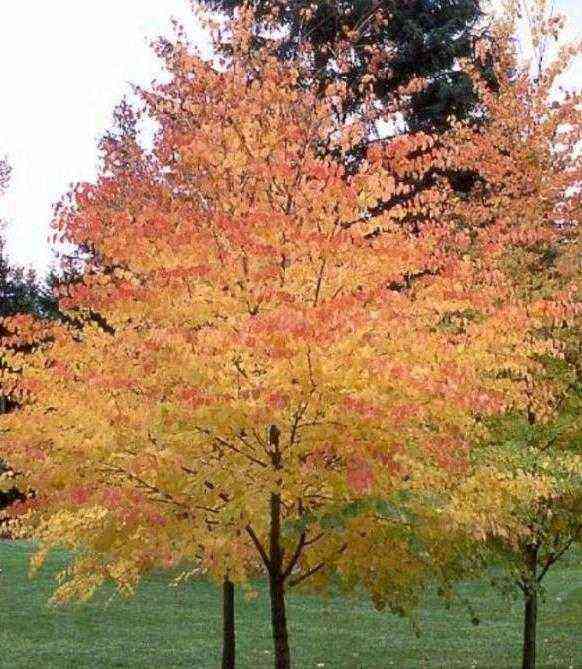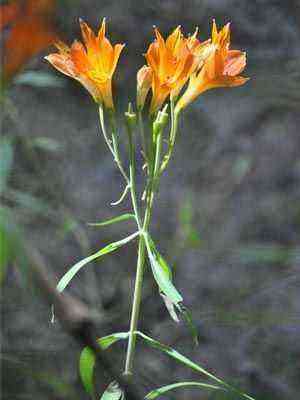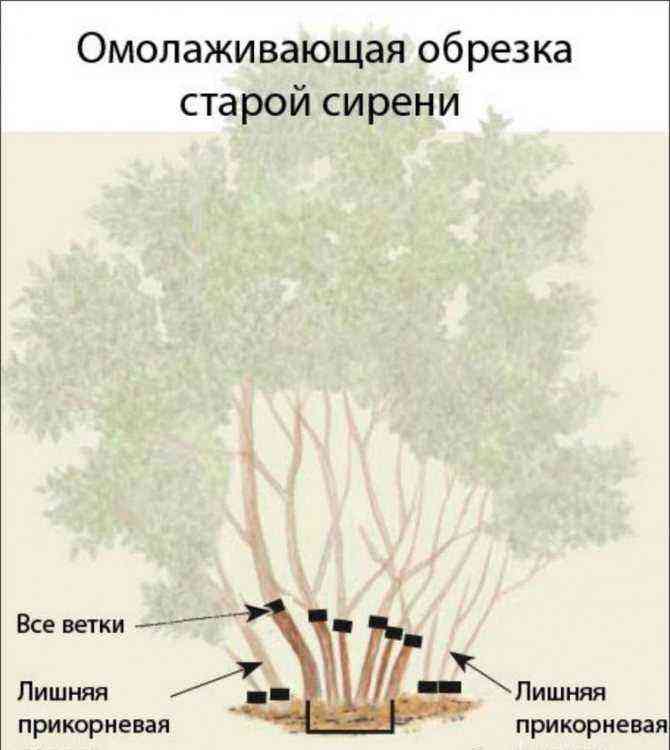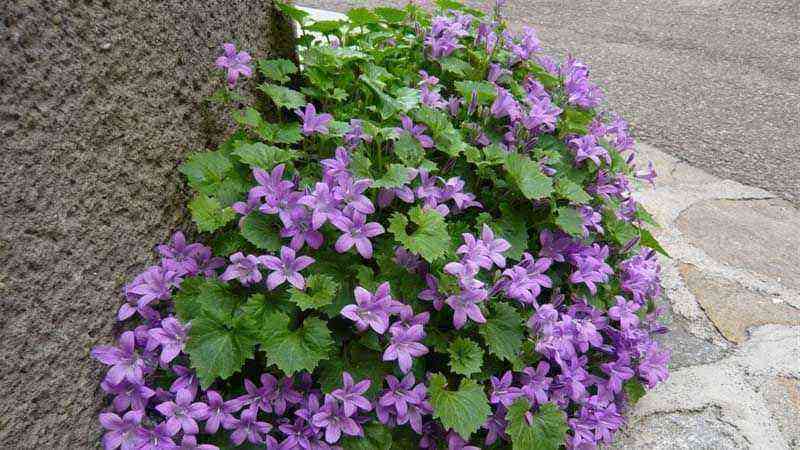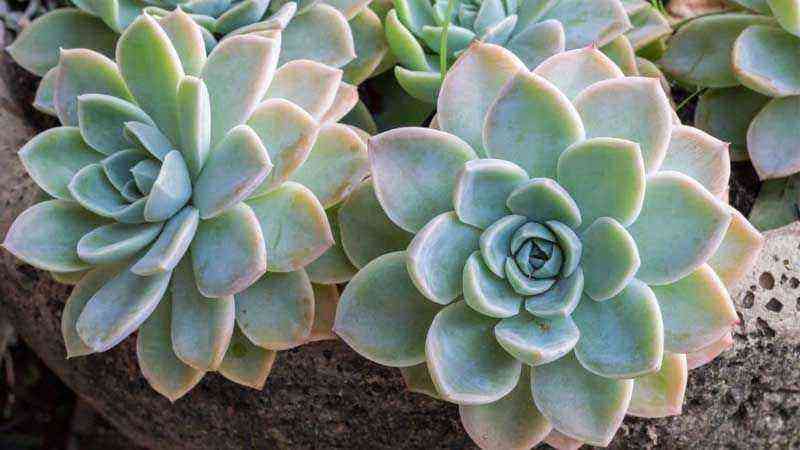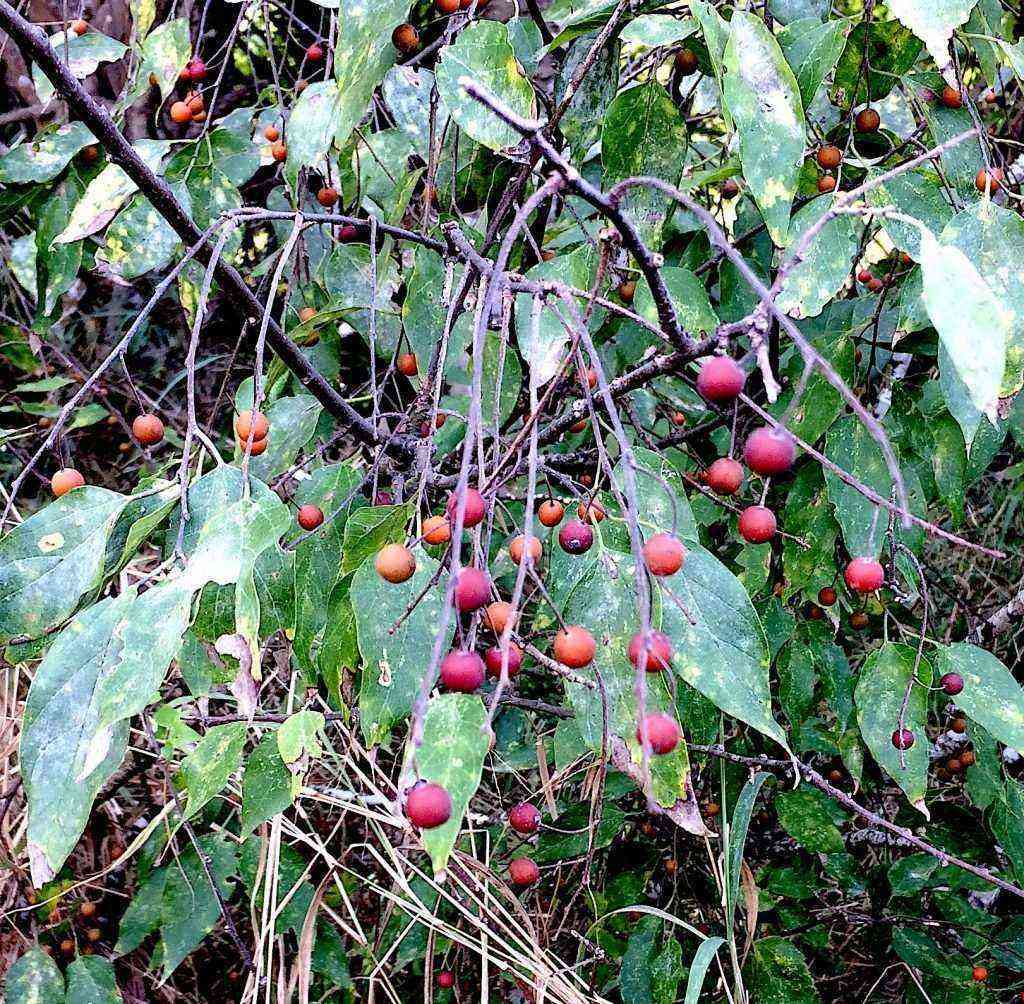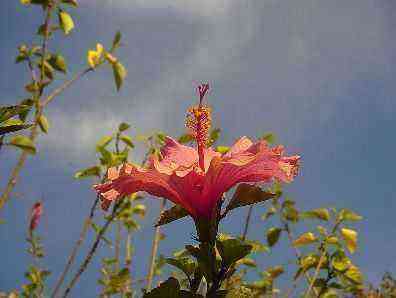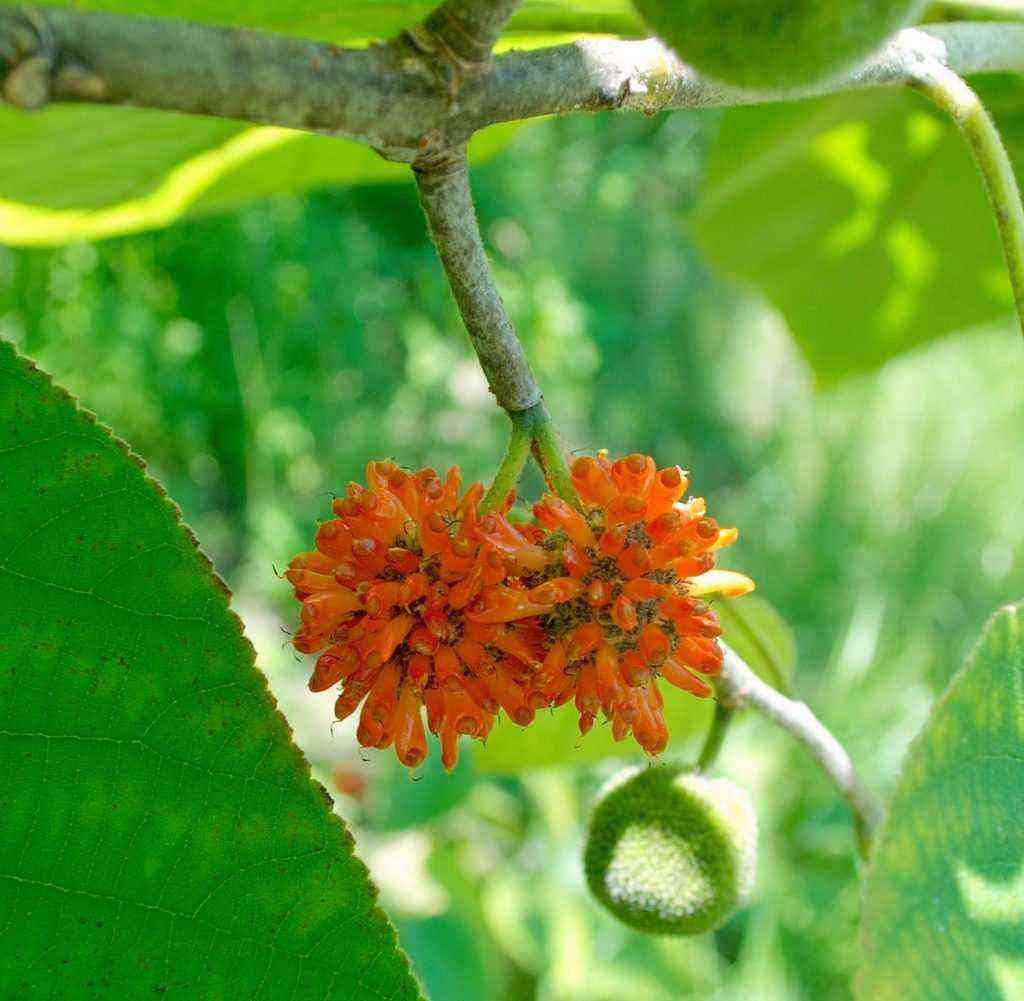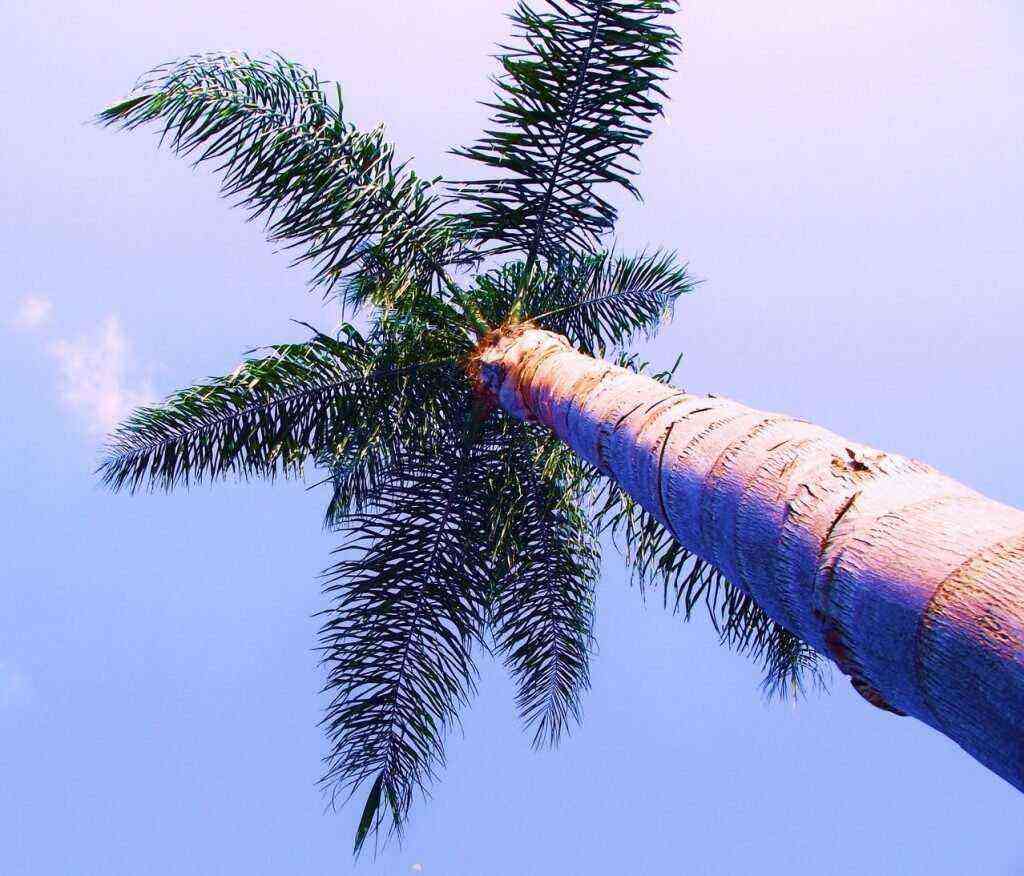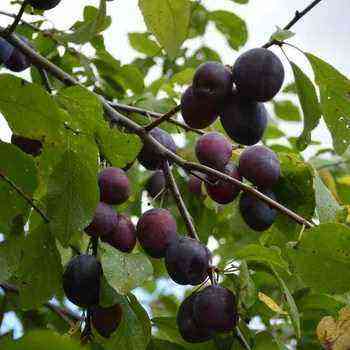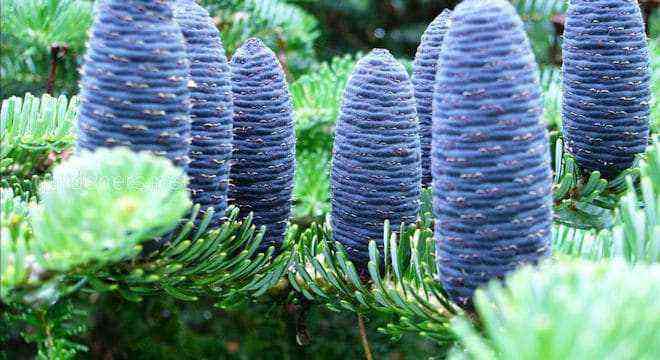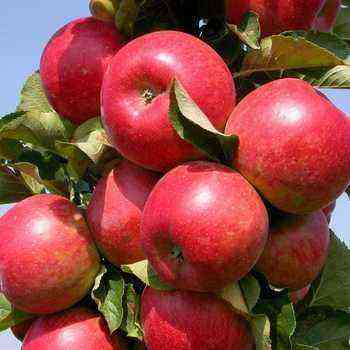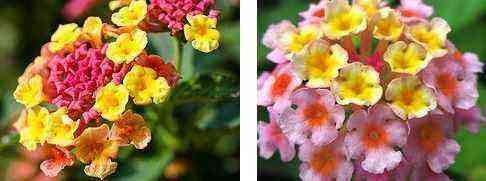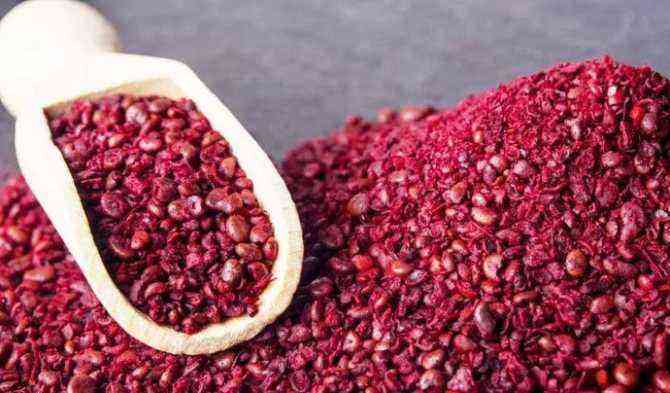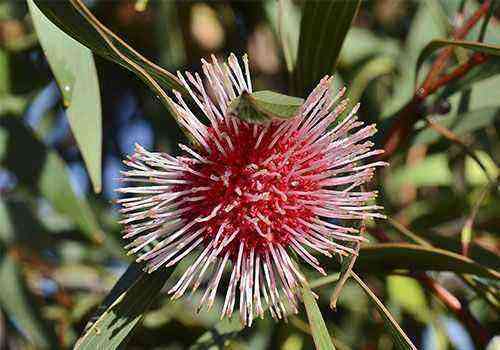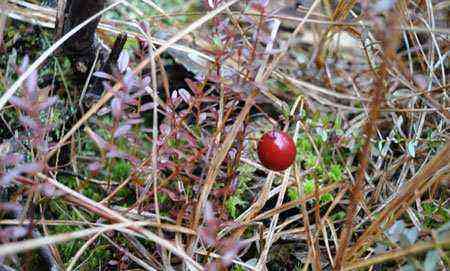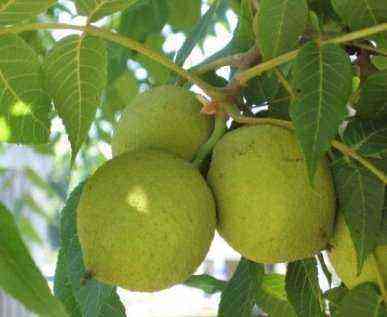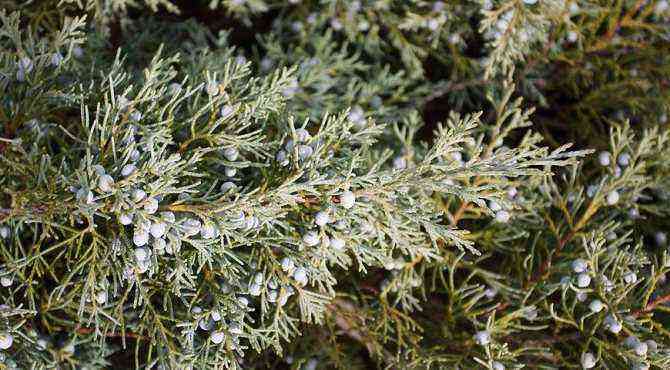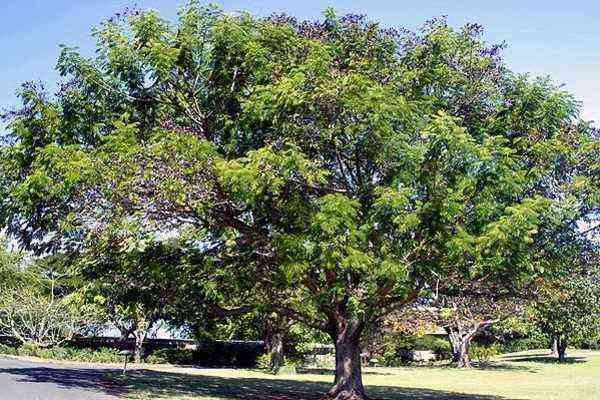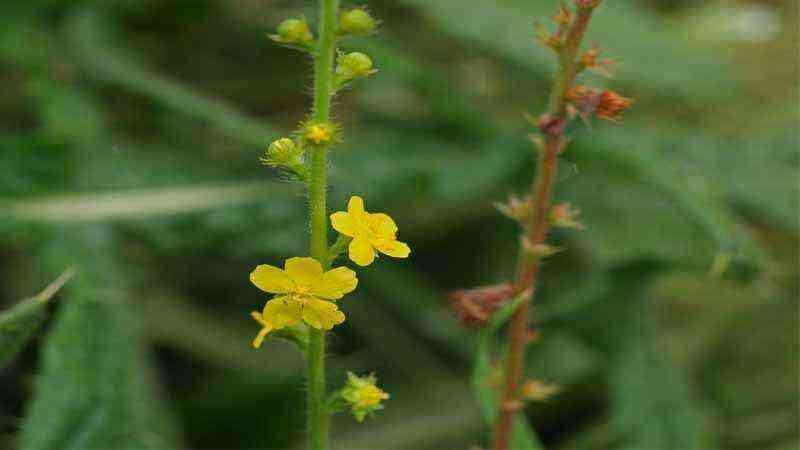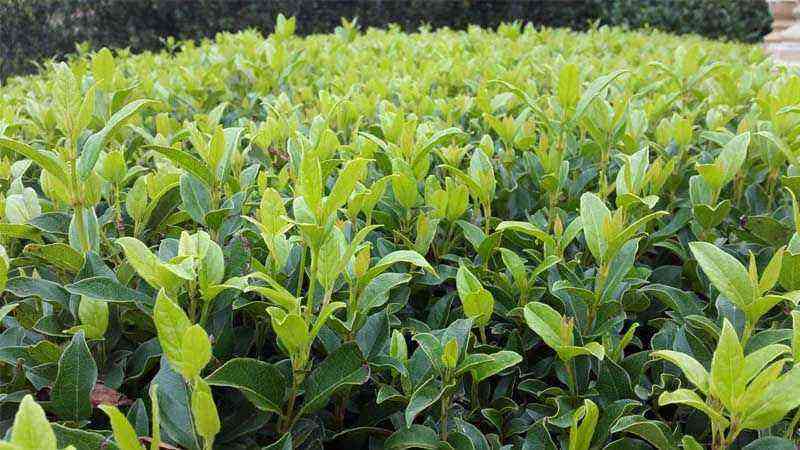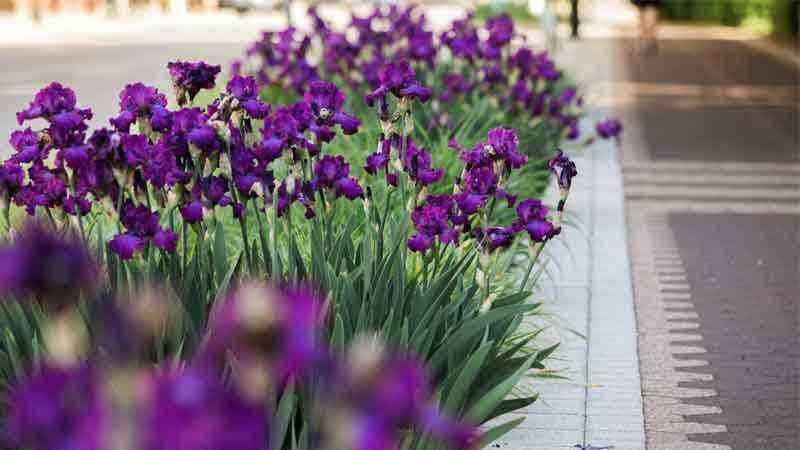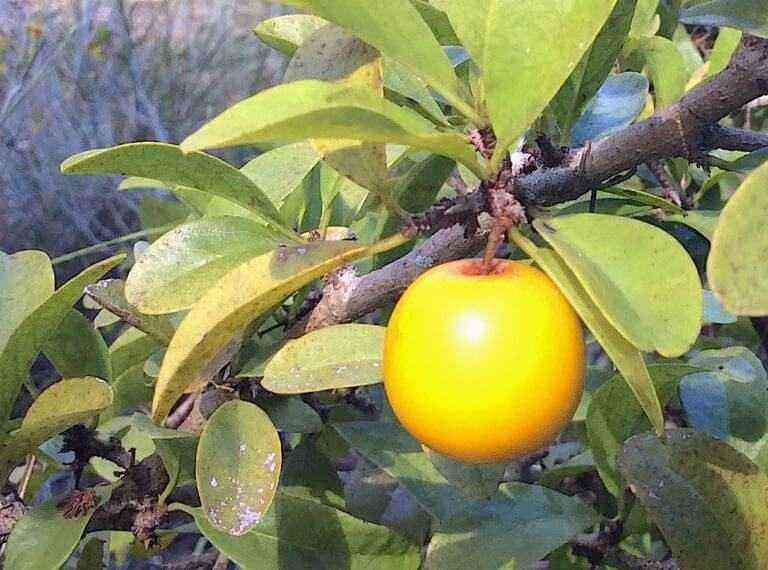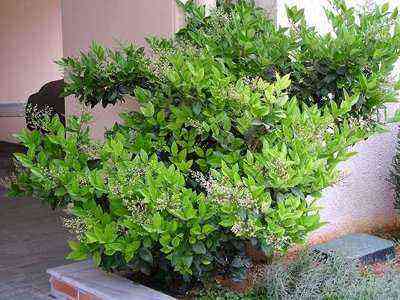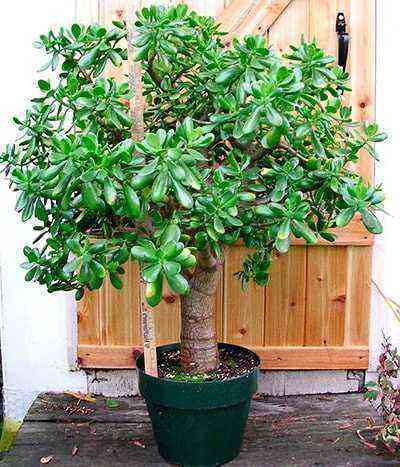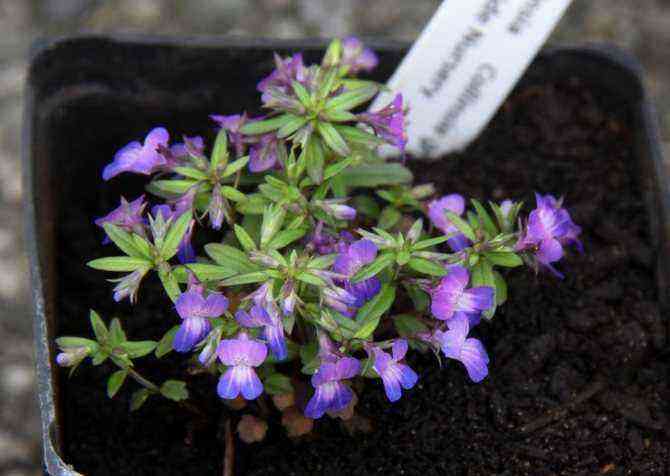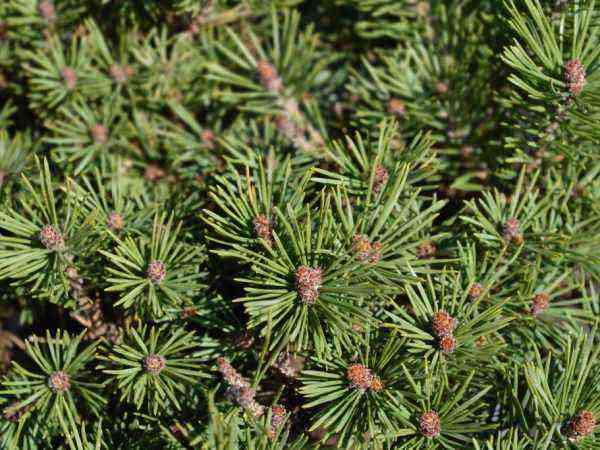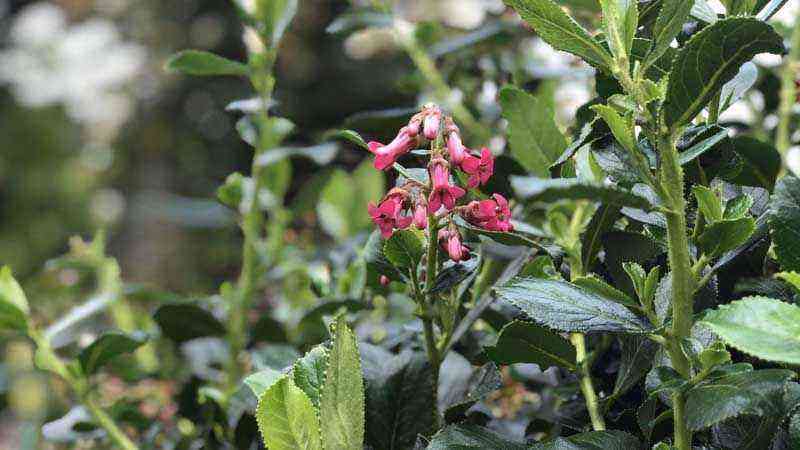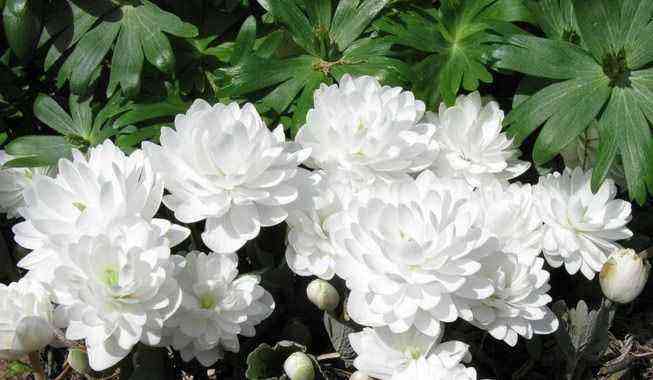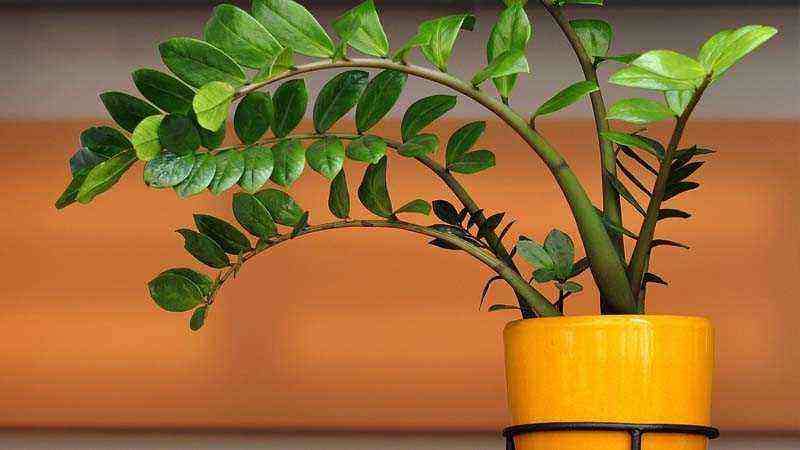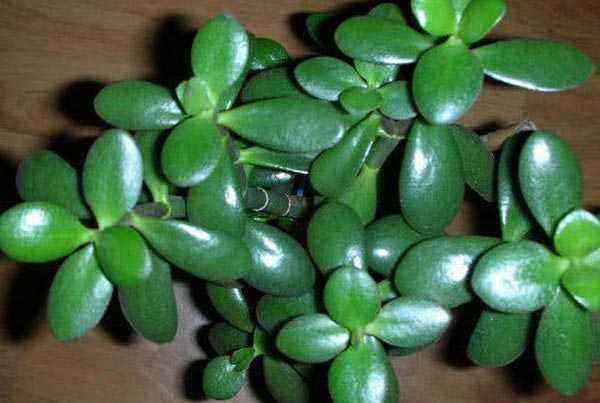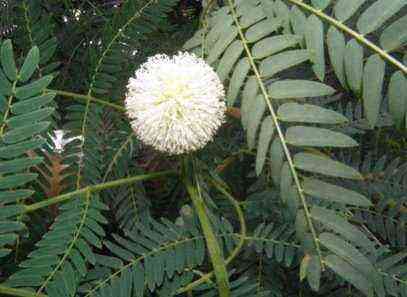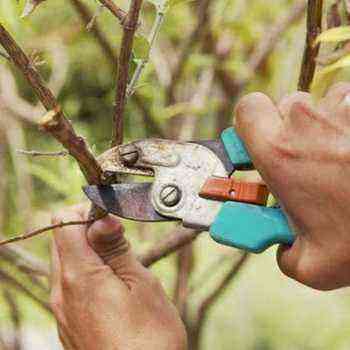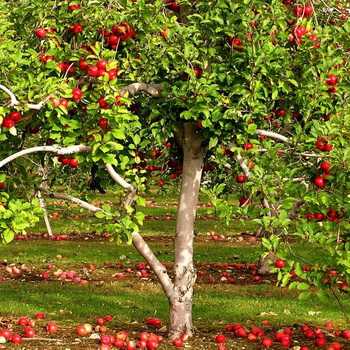 If your orchard is full of old trees, try to rejuvenate them – as practice shows, with a skillful approach, you can extend the life of such plants for another 5-10 years and get a good harvest throughout the entire time. This can be achieved with the help of anti-aging pruning; during the bark, all rules and regulations must be strictly observed so that old fruit trees do not die under your pruner, but live for several more full years.
If your orchard is full of old trees, try to rejuvenate them – as practice shows, with a skillful approach, you can extend the life of such plants for another 5-10 years and get a good harvest throughout the entire time. This can be achieved with the help of anti-aging pruning; during the bark, all rules and regulations must be strictly observed so that old fruit trees do not die under your pruner, but live for several more full years.
When to start
With age, there are more and more branches in the crowns of trees, and their annual growth in length is less and less. Almost every branch, under favorable conditions, bears mainly flower buds. A strong overload is created. Reserve flowering and growth of ovaries, which are doomed to fall off, greatly weaken trees and significantly reduce their resistance to adverse environmental conditions. The frequency of fruiting increases. In one year, there are many fruits, albeit small ones. Nowhere to go. And then a year, or even two, there is nothing to even try. And until new, stronger overgrowing branches appear, the situation will not improve. There is only one way out – in a timely manner to restore the tree’s ability to grow, that is, to rejuvenate it.
Do not wait for the branches to almost completely stop growing in length. As soon as you notice that the apical shoots do not grow by more than 10-15 cm, proceed to rejuvenation. Otherwise, the tree itself will begin to rejuvenate. Too old branches will begin to die off and tops will form in the most unexpected places of the crown. Such self-rejuvenation is unlikely to suit you. So do not allow spontaneous flow in this matter. Take control of the situation.

Rejuvenation by pruning makes sense only if the old tree has a healthy bole, strong main branches, aging naturally. If the tree is weak, clumsy, take a closer look at it first: perhaps the branches stopped growing not from aging, but for some other reason. This may be the result of a poorly selected rootstock; damage to the roots by a water rat; close location of groundwater; frequent freezing from the first years of life in the garden; damage by pests, diseases; circular gnawing of the bark by mice at the root collar, etc. In these cases, rejuvenating pruning is hardly appropriate. The condition of the plants will not only not improve, but may become even worse.
Where to begin
Start rejuvenation with sanitary cleaning of the crown and limiting its size. In some cases, this may be sufficient to restore the plants’ ability to grow. If such pruning is not enough, you will have to resort to rejuvenating each branch.
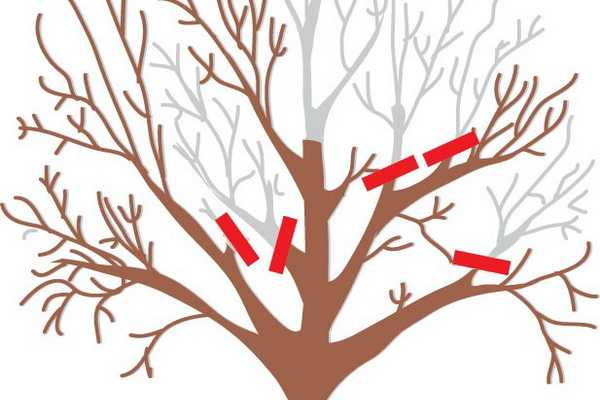
To rejuvenate trees, it is often recommended to cut branches into wood of a certain age – two, three, five years, etc. This is not always clear and not entirely true. In trees that have stopped growing long ago, branches can lengthen by only a few centimeters in 5-7 years. Trimming such “tails” is unlikely to affect the plant. At the very least, one can not hope for an increase in growth. For the same 5-7 years, in trees with the first signs of aging, the length of the branch can double. Better this: inspect several large branches from their top to the base. Determine by the outer growth rings when the length of the growths was about 25-30 cm. Here in this place, select a strong lateral branch and make a cut above it. If you don’t find a strong branch, cut over a weak one or even over a ringlet.
In order to prune old trees correctly, as practice shows, there is no need to inspect all branches. Select 2-3 branches where you want to cut, and cut the rest (remember morphological parallelism) in approximately the same place. You can’t go wrong. If there is a well-placed top near the intended cutting site, cut the branch above it and form a new branch out of it. To give the top the right direction, you can cut a branch leaving a long (15-20 cm) hemp and tie the top to it so that it takes the desired position in space. After a year or two, when the top takes a stable position, you can cut out the stump. Make sure that unwanted tops do not grow on the stump. Appear – break out in summer or cut out during spring-winter pruning.
Pruning overgrown branches
When rejuvenating plants, it is very important to regulate the load of their fruits. If there are many fruits, you will not get a significant increase in growth. The bulk of the food will go not to the branches, but to the fruits.
In this regard, not only large branches and their branches, but also overgrowing ones, are subject to rejuvenation. First, remove all the puny and unproductive ones, that is, those that have not been fruitful for years. And even if flowering is occasionally observed on them, soon the flowers or ovaries that have just taken to grow fall off. The branches remain sterile. Rejuvenate the remaining generative branches. Make slices over one of the strong branches. Sometimes for this you will have to cut off a third of the branch, sometimes half or two-thirds, and often only the lowest branch with one or two normal-looking buds will remain from a highly branched branch. Look at the state of the branches. Be guided by the rule: the weaker the growth, the less frequent fruiting, the worse the condition of the branch, the stronger the pruning should be. The point of shortening old branches is not only that the number of buds – potential points of growth and fruiting – decreases. It is very important that when pruning, a part of the branch with short annual increments will be removed, and therefore with short narrow vessels and frequent bridges at the boundaries of annual increments. This will make it easier to move through the vessels of water with substances dissolved in it.
When very large trees are rejuvenated, a very strong pruning will be required accordingly. It may not always be possible to complete it in one go. Don’t be overwhelmed. Prune these trees in stages. Rejuvenate some of the branches this year, and some next. Something may remain in the third year.
After a strong rejuvenating pruning of trees near the cuts, and often in the depths of the crown, a large number of tops appear.
This is especially true for plants that are naturally prone to spinning. Some tops will come in handy. Based on them, you will form new main or overgrowing branches. Many will not find use. You will have to break them out in June-July or cut them out during spring-winter pruning so that the crown does not turn into thickets.
Correction of the crown
Any kind of pruning, including restorative, is not complete without complementing other types. Not to mention the sanitary, which is always required, sometimes there is a need to re-form some branches, somewhere to regulate the load of branches or fruits, to rejuvenate some branches. But it just so happened that the entire pruning system is called according to its main type, which is currently applied to this plant.
But is it really necessary to correct the already formed crown? Of course not! The older the trees, the more difficult it is to make any corrections to their structure. In such cases, do not strive “in spite of reason” to keep the form.
Let the crown be one-sided, with a central conductor deflected to the side or without it at all, let there be an abundance of powerful main branches or only overgrown ones – it doesn’t matter: the tree is mature, it is not worth breaking it. Is it bearing fruit? Doesn’t take up extra space, doesn’t oppress neighbors? That’s good. Prune sparingly, thin out where it is thick, rejuvenate branches that have stopped growing, do sanitary cleaning, and enough. Let them live out their days as the apple trees planted by L.N. Tolstoy while away it in Yasnaya Polyana. Your trees were once young, slender, pleasing with fruits and their appearance, but now they are so ugly. Take care of it as expected, but do not squeeze into the new form. They will not bear it.

All types of pruning are considered mainly taking into account the growth and fruiting of the apple tree. In general, they are suitable for plants of other crops. But there are still some features.
